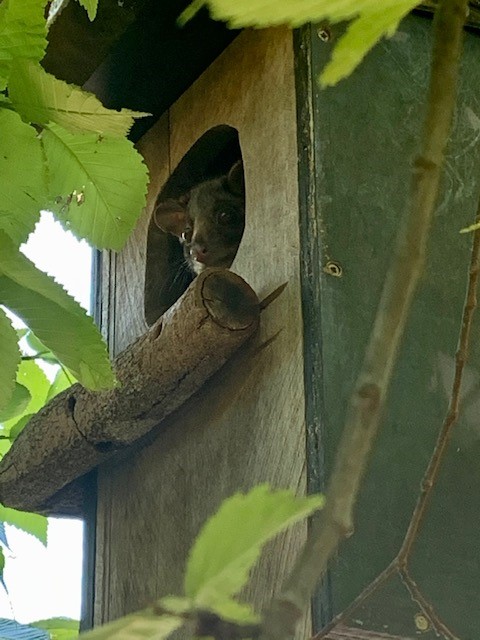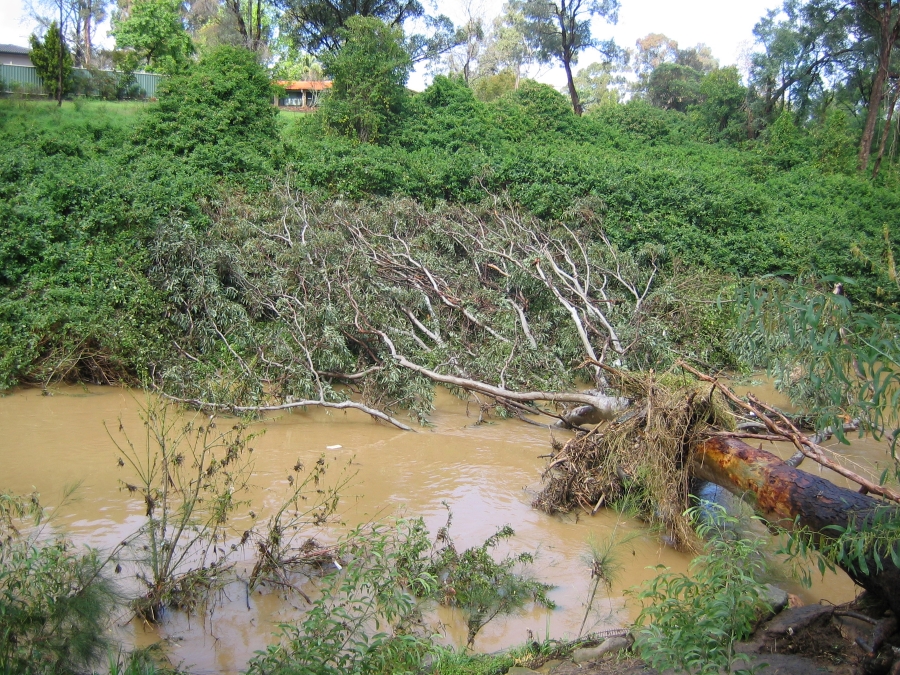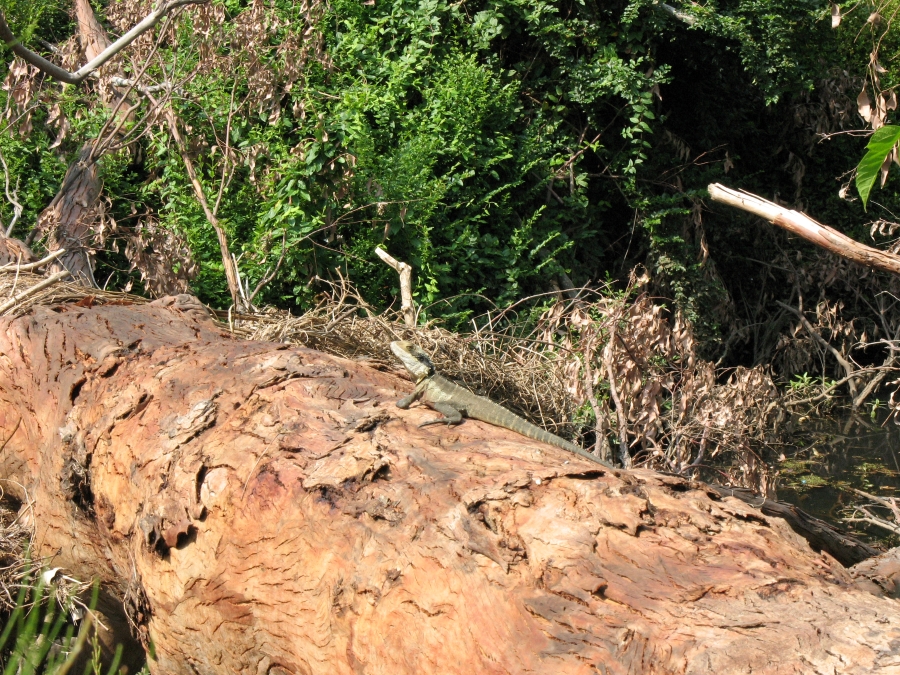Ponds Creek Reserve North
Ponds Creek Reserve North marks the southern end of the Upper Ponds corridor of bushland. Upper Ponds Creek corridor has a large bushland reserve at the top of the catchment which is connected via a series of narrow reserves lining the path of the creek and winding through residential areas.
Bushland in this catchment is home to a diverse array of native wildlife, including reptiles, amphibians, mammals, insects, and birds. A number of threatened species have also been identified in this catchment, such as the Grey-headed flying fox, the Yellow-bellied sheath tailed bat, and the Rufous fantail.
The array of bird life present is dominated by small and medium sized species, most of which are sedentary, but also with a noteworthy number that are dispersive or seasonally migratory, allowing them to move to other areas during climatic stress. These tend to occupy open areas and ground space, along with mid-storey shrubs and canopy.
Protecting Habitat in the Ponds and Subiaco Bushland Corridors
Habitat is a word that refers to the natural home or environment of a living thing. For many native animals, their natural habitat can be found in the trees, logs, hollows, rocks, soils, and waterways that exist in this area. Population growth and urbanisation have resulted in the clearing of more trees and loss of available habitat has become an issue that threatens native animals, leading to the need to construct habitats, like nest boxes and artificial hollows.
Aquatic Habitats
Local creeks contain aquatic and riparian vegetation, rocks, and even fallen tree branches, (known as “large woody debris” or LWD) which are important habitat and food sources for the organisms that live in waterways. Similarly, underwater rocks can offer habitable crevices, as well as surfaces for aquatic food to grow. Overhanging vegetation can provide shade, as well as a source of food – insects falling from vegetation can be food for some species like frogs and fish. In addition to providing food and habitat, submerged and emergent aquatic plants also play an important role in improving water quality by absorbing nutrients that are carried into the waterway via stormwater runoff.
Urban catchments like those around the Ponds Walk tend to have a lot of hard, impervious surfaces such as roads, roofs, pipes and footpaths. Unfortunately, this can have negative impacts on urban streams. Rainwater runs off these hard surfaces through the stormwater system and into the nearest creek much faster than in a natural bushland setting. This results in a rapid rise in water level and a high speed of flow in creeks, which can wash away in-stream habitat, like LWD, instream aquatic plants and rocks that aquatic organisms need for habitat. Erosion of the creek banks can result in less overhanging vegetation, sediment plumes within the waterway and poor water quality due to suspended mud and silt.
Many insects start their lifecycle as aquatic macroinvertebrates (waterbugs) where their larval or nymphal stage is spent in water. Examples include Dragonflies, Mayflies, and even the dreaded mosquito. Other macroinvertebrates spend their entire life instream like freshwater prawns, crayfish (yabbies) and mussels. The underwater vegetation, substrate, and wood debris provide food and shelter for these critters to escape predators or hide away from fast flowing water.

Terrestrial Habitat
On land, many species prefer to make their homes high in the trees. Some species, such as birds, will construct nests in the joints of tree branches. Some prefer a home closer to the ground, relying on rocky areas, logs, and fallen trees for their homes. Others, particularly nocturnal animals, prefer to make their homes in tree hollows. Tree hollows are cavities or empty spaces within a living or dead tree. These hollows can form in a number of ways, including the breakage of tree limbs, insect activity, and even lightning strikes. They can take a very long time to form – sometimes hundreds of years, so land clearing associated with human activities has created a shortage of tree hollows available for native animals.
To address this housing shortage, Council has installed nest boxes in bushland areas. Usually made from timber, you may spot these boxes high in the trees as you travel along the Ponds Walk. These serve as an artificial external hollow where native animals can make their homes. As different animals prefer different sized hollows, these boxes come in a number of different sizes and openings, depending on the animal they are intended for. Boxes for bats tend to have slimmer openings located at the base of the box and are designed with chambers that allow bats to roost (sleep) hanging upside down. Other boxes may be designed with round openings in the front of the box and flat bottoms, making them more suitable for animals like possums to build nests inside.
A novel approach to increasing native animal habitat has been through the creation of artificial hollows within trees. This approach involves the carving of hollows of various sizes into trees by specially trained arborists and ecologists. The creation of artificial hollows has not been shown to affect the health of the tree as carved hollows remove only limited areas of “live” wood, with the majority of carving occurring within the “heartwood” of the tree. Where suitable trees are available, Council has started to use this method in addition to the use of nest boxes.



aquatic and terrestrial animals.


